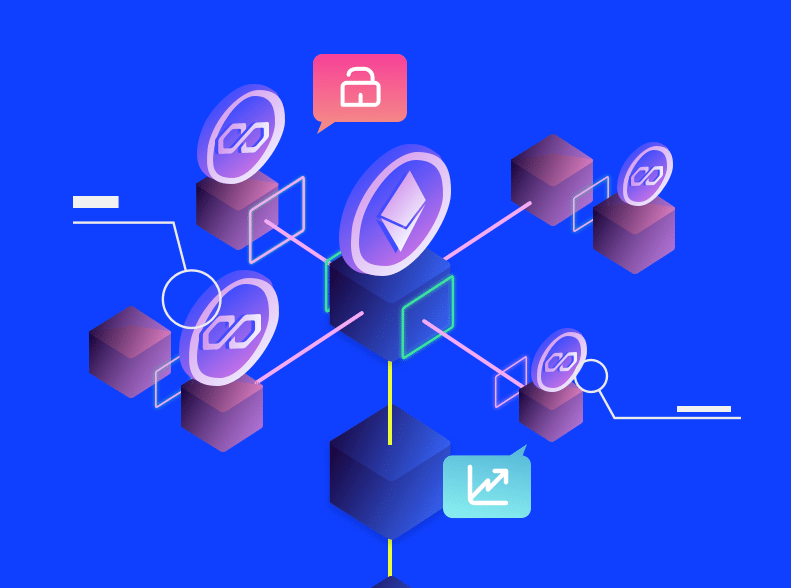Understanding Fear and Greed Index

When you begin actively purchasing, trading, or investing in crypto assets, you will almost certainly come across the Crypto Fear and Greed Index, which is frequently shared on social media and propagated by the crypto community. What is the Fear and Greed Index, and why are they important? To learn more, read the following article.
What is Fear and Greed Index?
The Crypto Fear and Greed Index assigns a score to crypto market sentiment ranging from 0 to 100. It is based on CNNMoney’s Fear and Greed Index, which is used to analyse the stock market.
Fear (a score of 0 to 49) suggests that the market is undervalued and oversupplied. Greed (a score of 50 to 100) indicates that cryptocurrencies are overvalued and may be in the midst of a bubble.
When deciding whether to enter or depart the crypto market, seeing fluctuations in the amount of fear and greed might become part of your trading strategy.
What are the factors measured in the Fear and Greed Index?
There are five components that are measured to determine the Crypto Fear & Greed Index, according to Alternative.me. that is:
Volatility
Price volatility accounts for 25% of the total valuation index. This valuation component looks at the current price of Bitcoin and compares it to the 30 and 90 day averages. Volatility is used as a measure of the fear level in the market. According to Alternative.me, the unusual volatility is a sign the market is leaning towards fear levels.
Market Momentum/Volume
Market Momentum/Volume is used as a measure of bullish levels or greed in the market. This component accounts for 25% of the total rating index, and looks at the current Bitcoin trading volume and momentum, compares them to the 30 and 90 day averages, then aggregates the results. If there is a high volume of buying every day when the market is positive, it can be concluded that the market is acting too greedy or too bullish.
Domination
The dominance that accounts for 10% of the index score represents how big the percentage or market cap of Bitcoin is from the overall crypto market capacity. The increasing dominance of Bitcoin can mean that there is a reduction in investment in riskier altcoins and bitcoin is considered a safer asset to invest in. Meanwhile, bitcoin’s declining dominance could mean that people are more greedy by investing in riskier altcoins.
Trend
The last component is Trend which accounts for 10% of the total index rating. Trend means the search volume for the bitcoin topic which can be seen on Google Trends.
Crypto Fear and Greed Index Today [Live & Now]
Alternative.me, describes the Fear and Greed Index as follows: “With our Fear and Greed Index, we try to save you from your own emotional overreactions.” What is the use of the Fear and Greed Index and what do the indicators in the index mean? Here is an example.

Source: Fear and Greed Index
If you look at the index above, the needle shows the number 71, which means the market is in a state of greed. The needle that is in yellowish-green with the indicator number 50-74, means that the market is in a greedy position. Meanwhile, if the indicator points to the number 75-100, the market is at an extreme greed level, which can be interpreted as the right time to take profit from your investment. This could also mean that the bullish period could end soon.
Meanwhile, if the needle points to orange with the number 24-49 the market is at a fear level. If the needle points to red with numbers 0-24, the market is at a level of extreme fear, which means that many investors are selling their assets, causing the price to fall. This can also be interpreted as a good time to buy assets or buy dip.
Basically, the Crypto Fear & Greed Index is a useful tool for understanding market sentiment, as it is easy to read and takes into account various components, from volatility to search engine volume.
However, it should be noted that Bitcoin price volatility can cause very sharp changes in the Index in a very short time. So, this index should not be your only benchmark in making investment decisions, even though it can be a source of reference.
Summary
- Crypto Fear and Greed Index is a score that describes the crypto market sentiment with a score ranging from 0 to 100.
- Fear (score 0 to 49) indicates that the market is undervalued and oversupplied, which can be a signal of the right time to buy.
- While Greed (score 50 to 100), indicates that cryptocurrency is overvalued and may be in the middle of a bubble. This can be a sign that the market may correct this in the near future.
References
- Crypto Fear & Greed Index, Alternative, accessed on 5 October 2021.
- Tom Farren, Fear & Greed Index, Coin Telegraph, accessed on 6 October 2021.
- Leo Jakobson, What is Crypto Fear and Greed Index, CoinMarketCap, accessed on 6 October 2021.
Share



Social Media
Social Media accounts for 15% of the rating index. The social media component basically measures Bitcoin-focused Twitter hashtags, and looks at the speed and number of interactions on Bitcoin topics. A higher than normal level of interaction is considered a greed market behavior.